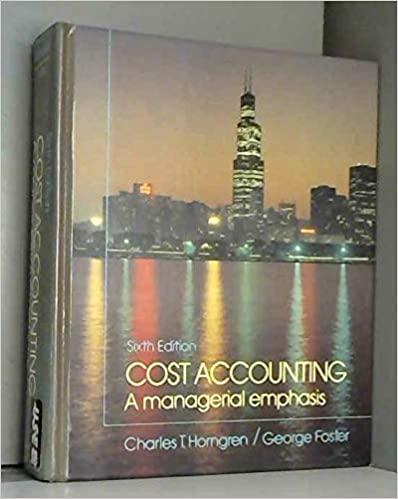6 7 8 9 only

A) FIFO reports lower income amounts than LIFO when B) FIFO reports a higher income amount than LIFO when prices are C) LIFO reports a higher income amount D) LIFO reports higher income than FIFO when prices are decreasing. E) None of the above is correct 5. Which of the following statements is correct prices are rising than FIFO when prices are rising. 6. Under the lower-of-cost-or-market basis for valuing inventory if replacement cost of an item in inventory has declined during a given accounting period, A) pretax income and the amount ofending inventory will be reduced for the period in which the merchandise is sold. B) pretax income and the amount of ending inventory will be reduced for the period during which the decline in merchandise market value occurred, C) pretax income wil be reduced for the period during which the decline in market value occurred and the amount of ending inventory will decline for the period in which the merchandise is sold. D) A and B are both correct. E) None of the above is correct. 7. An understatement of the ending inventory in Year 1, if not corrected, will cause A) Year 1 net income to be overstated and Year 2 net income to be understated. B) Year 1 net income to be understated and Year 2 net income to be overstated. C) Year 1 net income to be overstated and Year 2 net income will be correct. D) Year 1 net income to be overstated and Year 2 net income to be overstated. E) Year 1 net income to be understated and Year 2 net income will be correct. 8. Which of the following about the characteristics of all long-lived operational assets is tnie? A) They have physical substance. B) They are being used in the company's operations. C) They are classified as non-current assets on the balance sheet. D) Only B and C are true. E) All of the above are true. 9. Which of the following statements is true? A) All intangible assets are amortized over their useful lives. B) The research and development costs connected to developing a product, which is subsequently patented are capitalized to the patent account. C) If an intangible asset has an indefinite life, it is not amortized but is tested annually to determine any impairment. D) All of the above are true. E) None of the above is true








